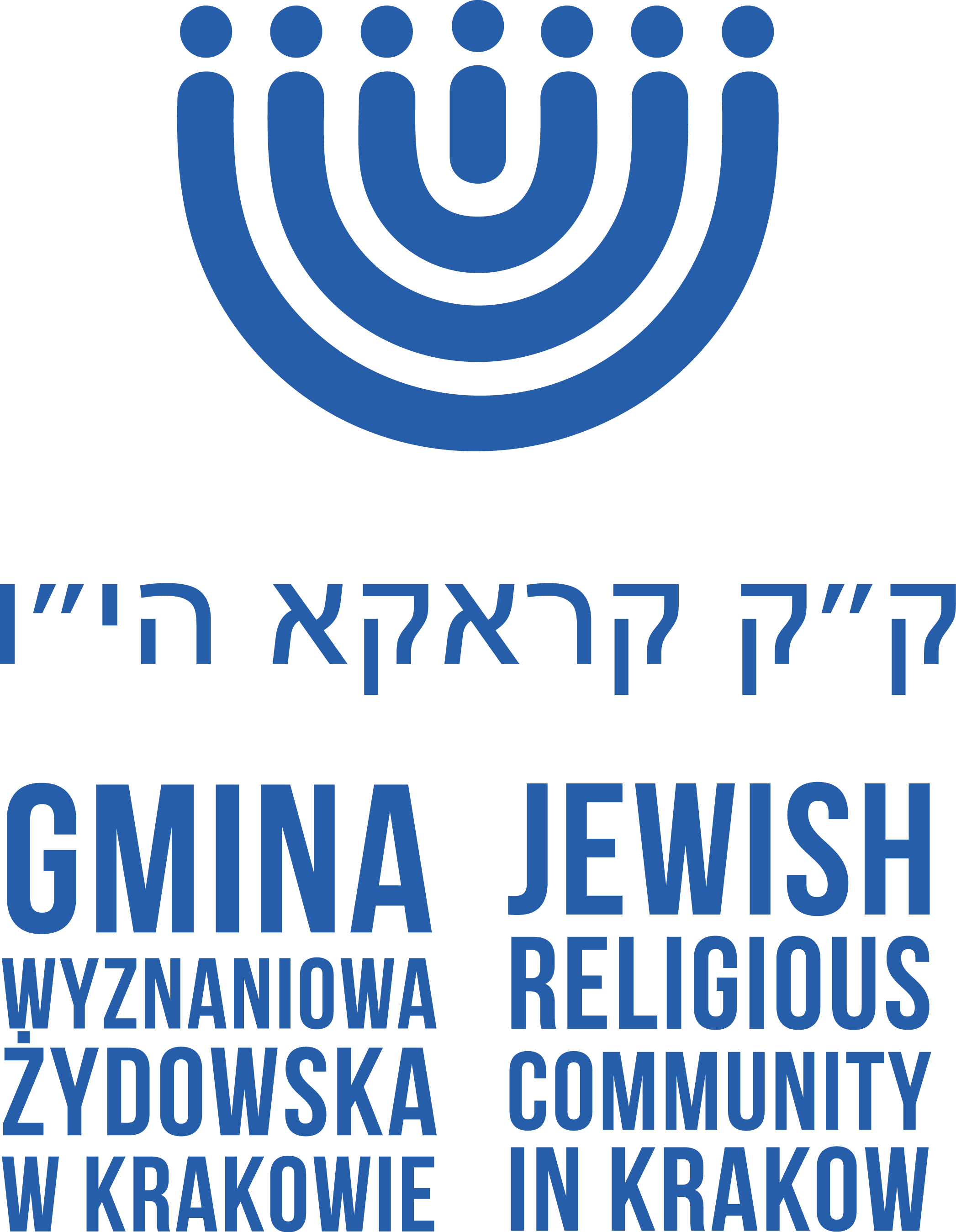BS”D
30 Sivan 5781
Post-traumatic distress syndrome is classified under F43.1 in the International Classification of Diseases. Its symptoms are usually flashbacks, nightmares and sleep disturbances. The patients display social distancing, lack of sympathy and a difficulty to feel positive emotions, as well as “emotional numbness” and are easily aroused, having exaggerated reactions to certain stimuli.
The first generation will often display arterial hypertension, chronic pains, digestive complains and a lack of affect as well as depression and feelings of guilt.
Common symptoms in the second generation are role-switching (feeling to have been the actual Shoah victim) with additional feelings of guilt and shame. They see themselves as “living memorial candles” and act accordingly. They have a higher psychological vulnerability and higher dependence. Neuroses, anxiety, fears and personality disorders are more frequent if compared to the general population. A reduced general resilience to stress is also common.
The third generation often displays an increased fear of dangers with emotional coldness but striving to stay close to the parents. Eating disorders are frequently found with an underlying feeling of anger and regret. They are often unable to unlink the Shoah to unrelated current events. Other frequent feelings are an increased sense of responsibility and of minimising and regarding their own problems as worthless.
Nonetheless, the third generation of Shoah survivors, compared to their parents and the general population, displays a better aptitude for intergenerational dialogue and have a need to help other people. They are often politically active and engaged in human rights protection. They tend to be more thankful for what they have, more prone to heroism and positive pride. They can transform their vulnerability in a positive manner and are more unlikely to be directly subject to post-traumatic distress syndrome.
Laboratory findings include a higher cortisol level and cortisol enzymes, a genetically altered expression of mRNA and methylation of the FKBP5 gene.
opinions expressed in the text belong solely to the author, and not to the author’s employer, organization, committee or other group or individual.
Dr D Cohen – Jewish Religious Community Medical Service
References:
Kahane-Nissenbaum, Exploring Intergenerational Transmission of Trauma in Third Generation Holocaust Survivors, University of Pennsylvania DSW Dissertations, Summer 6-23-2011
Kassai SC, Motta RW, An investigation of potential Holocaust-related secondary traumatization in the third generation. Int J Emerg Ment Health. 2006 Winter;8(1):35-47.
Martinu, Hedvika, Auswirkung des Holocaust auf die dritte Generation von Überlebenden, Brünn, Masaryk Universität, 2016
Scharf M., Mayseless Q., Disorganizing experiences in second- and third- generation holocaust survivors, Qual Health Res. 2011 Nov;21(11):1539-53. doi: 10.1177/1049732310393747. Epub 2010 Dec 28.
Nir, Bina, Transgenerational Transmission of Holocaust Trauma and Its Expressions in Literature, Genealogy 2018, 2(4), 49
Bowers M., Yehuda R., Intergenerational Transmission of Stress in Humans, Neuropsychopharmacology. 2016 Jan; 41(1): 232– 244.
Yehuda, R., et al., Holocaust Exposure Induced Intergenerational Effects on FKBP5 Methylation. Biological Psychiatry, 2016; 80 (5): 372
Folgelman, Eva, “Psychological Dynamics in the Lives of Third Generation Holocaust Survivors”, The Hidden Child Vol. XVI (2008)
Kidron CA et al., Transmitted trauma as badge of honor: Phenomenological accounts of Holocaust descendant resilient vulnerability. Soc Sci Med. 2019 Oct;239
Zerach, G., Solomon Z., Low levels of posttraumatic stress symptoms and psychiatric symptomatology among third- generation Holocaust survivors whose fathers were war veterans. J Psychiatr Res. 2016 Feb

